-
 Bitcoin
Bitcoin $83,291.0340
-0.96% -
 Ethereum
Ethereum $1,826.6379
-1.54% -
 Tether USDt
Tether USDt $0.9998
0.00% -
 XRP
XRP $2.0549
-1.26% -
 BNB
BNB $606.8753
1.28% -
 Solana
Solana $119.1310
-4.05% -
 USDC
USDC $1.0000
0.00% -
 Dogecoin
Dogecoin $0.1659
-1.56% -
 Cardano
Cardano $0.6500
-2.57% -
 TRON
TRON $0.2364
-0.34% -
 Toncoin
Toncoin $3.7730
-5.06% -
 UNUS SED LEO
UNUS SED LEO $9.4476
0.65% -
 Chainlink
Chainlink $13.0772
-2.81% -
 Stellar
Stellar $0.2627
-1.16% -
 Avalanche
Avalanche $18.6021
-1.63% -
 Sui
Sui $2.3506
0.90% -
 Shiba Inu
Shiba Inu $0.0...01230
1.04% -
 Hedera
Hedera $0.1637
0.05% -
 Litecoin
Litecoin $83.5759
2.10% -
 Polkadot
Polkadot $4.0229
-0.74% -
 MANTRA
MANTRA $6.3749
2.08% -
 Bitcoin Cash
Bitcoin Cash $303.6743
-0.24% -
 Bitget Token
Bitget Token $4.5449
-0.46% -
 Dai
Dai $1.0000
-0.01% -
 Ethena USDe
Ethena USDe $0.9997
-0.01% -
 Pi
Pi $0.6435
-7.05% -
 Hyperliquid
Hyperliquid $12.2904
-5.52% -
 Monero
Monero $214.8078
-0.76% -
 Uniswap
Uniswap $6.0066
-0.82% -
 Aptos
Aptos $5.2560
0.22%
Tutorial on making money with eth contract
Harnessing the versatility of Ethereum smart contracts opens lucrative earning opportunities, from creating and selling tokens to charging fees for contract services and providing data to businesses.
Nov 07, 2024 at 05:13 am
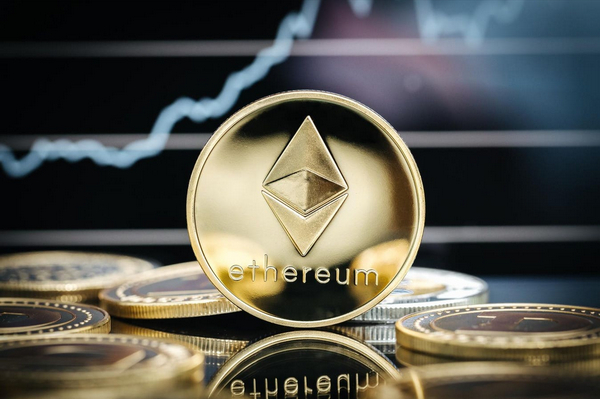
Tutorial on Making Money with ETH Contracts: A Step-by-Step Guide
Introduction
Ethereum smart contracts offer a transformative approach to leveraging blockchain technology for financial gain. This comprehensive tutorial will guide you through the intricacies of creating and deploying ETH contracts, empowering you to unlock their full earning potential.
Step 1: Understanding ETH Contracts
- Ethereum contracts are self-executing agreements that operate on the blockchain.
- They are written in a specialized programming language called Solidity.
- These contracts can facilitate transactions, store data, and much more.
Step 2: Developing an ETH Contract
- Define the contract's logic using Solidity.
- Determine the functions and variables the contract should contain.
- Ensure the contract is secure and adheres to best practices.
Step 3: Compiling and Deploying the Contract
- Use a Solidity compiler to generate bytecode from the contract.
- Interact with the blockchain through a web3 library to deploy the contract.
- Pay transaction fees associated with contract deployment.
Step 4: Interacting with the Contract
- Connect to the deployed contract using a web3 client.
- Call the contract's functions to execute specific actions.
- Monitor the contract's behavior and view transaction data.
Step 5: Monetizing ETH Contracts
- Creating Tokens: Develop ERC-20 tokens within the contract and sell them to raise capital.
- Establishing Fees: Charge fees for using the contract's services or accessing its data.
- Providing Utility: Offer valuable services or functionalities through the contract and generate revenue.
Advanced Strategies for Profitability
1. Leveraging Decentralized Exchanges
- Integrate your contract with decentralized exchanges (DEXs).
- Enable users to trade tokens or participate in liquidity pools.
- Earn commissions or fees from transaction activity.
2. Utilizing Non-Fungible Tokens (NFTs)
- Develop and issue NFTs within your contract.
- Allow users to purchase and trade these digital assets.
- Generate revenue from NFT sales and secondary market transactions.
3. Implementing Staking and Yield Farming
- Offer staking rewards to users who lock their tokens within the contract.
- Participate in yield farming through liquidity pools.
- Earn additional income from interest payments or yield rewards.
4. Providing Data Services
- Collect and store valuable data within the contract.
- Sell access to this data to businesses or individuals requiring it.
- Charge fees for data subscriptions or one-time purchases.
Disclaimer:info@kdj.com
The information provided is not trading advice. kdj.com does not assume any responsibility for any investments made based on the information provided in this article. Cryptocurrencies are highly volatile and it is highly recommended that you invest with caution after thorough research!
If you believe that the content used on this website infringes your copyright, please contact us immediately (info@kdj.com) and we will delete it promptly.
- Bitcoin (BTC) price falls four per cent after Donald Trump imposes tariffs on trading partners worldwide
- 2025-04-03 14:25:13
- Ethereum Price Fails to Maintain Gains
- 2025-04-03 14:25:13
- Justin Sun, Founder of Tron, Steps in to Rescue TrueUSD (TUSD) from a $456M Reserve Crisis
- 2025-04-03 14:20:12
- Meme Coins Are Exploding, Here's Why They're So Appealing
- 2025-04-03 14:20:12
- Qubetics ($TICS): The Best 100x Crypto for Real Utility and ROI
- 2025-04-03 14:15:12
- Ethereum Faces Tough Market Conditions
- 2025-04-03 14:15:12
Related knowledge

How to use the three crows candlestick combination to determine the market top?
Apr 03,2025 at 03:18pm
Three Black Crows are a classic K-line combination form that is often used to judge the top of the market in technical analysis. This pattern consists of three consecutive negative lines, the opening price of each negative line is within the entity of the previous K-line, and the closing price gradually decreases. This pattern usually appears at the end...
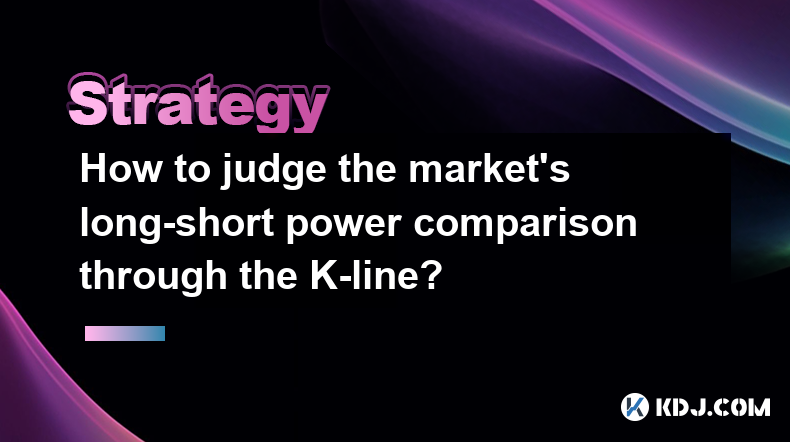
How to judge the market's long-short power comparison through the K-line?
Apr 03,2025 at 02:39pm
Judging the market's long-short power comparison through the K-line is an important skill in technical analysis. The K-line chart can not only show price changes, but also reflect the emotions and power comparison of market participants. This article will introduce in detail how to judge the market's long-short power comparison through K-lines. ...
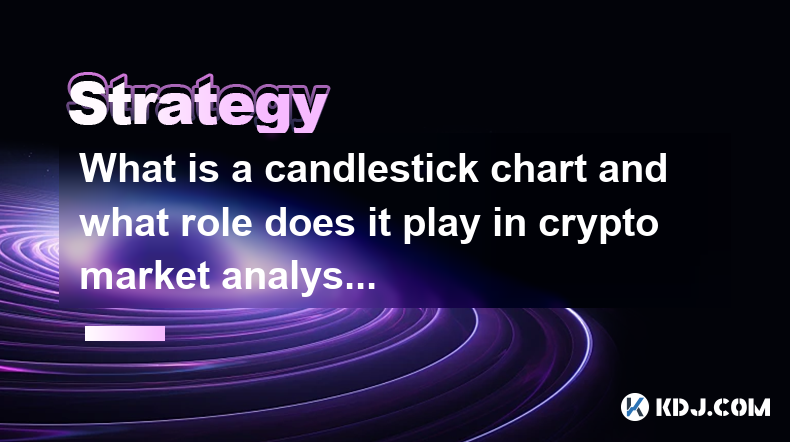
What is a candlestick chart and what role does it play in crypto market analysis?
Apr 03,2025 at 02:26pm
K-line chart, also known as candle chart, is a form of chart used to display changes in the price of financial products. In the cryptocurrency market, K-line charts are widely used to analyze the price trends of digital assets such as Bitcoin and Ethereum. This article will introduce in detail the basic structure, types of K-line charts and their specif...
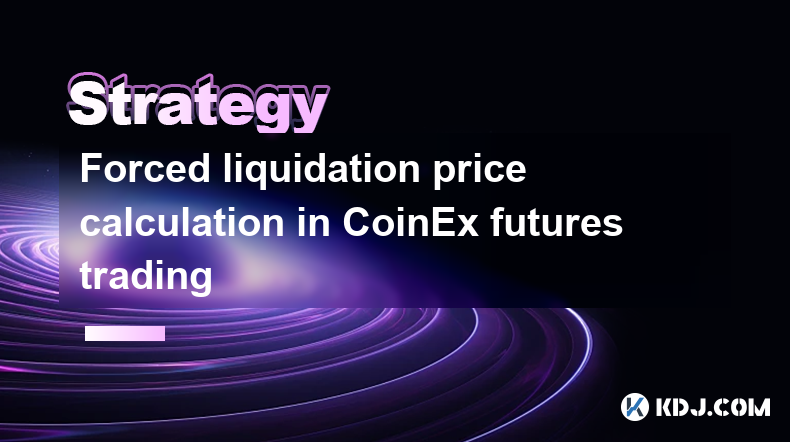
Forced liquidation price calculation in CoinEx futures trading
Apr 03,2025 at 05:35am
In CoinEx futures trading, understanding the forced liquidation price is crucial for managing risk and maintaining your positions. The forced liquidation price is the point at which your position is automatically closed to prevent further losses. This mechanism is designed to protect both the trader and the platform from negative account balances. The c...
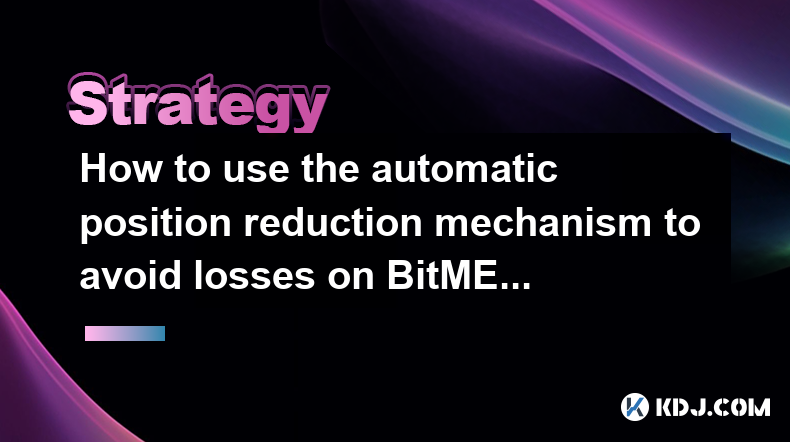
How to use the automatic position reduction mechanism to avoid losses on BitMEX
Apr 03,2025 at 02:56am
Using the automatic position reduction mechanism on BitMEX can be a strategic approach to managing risk and avoiding potential losses in the volatile cryptocurrency market. This feature, also known as Auto Deleveraging (ADL), is designed to help traders by automatically reducing their positions in certain conditions. To effectively use this mechanism, i...
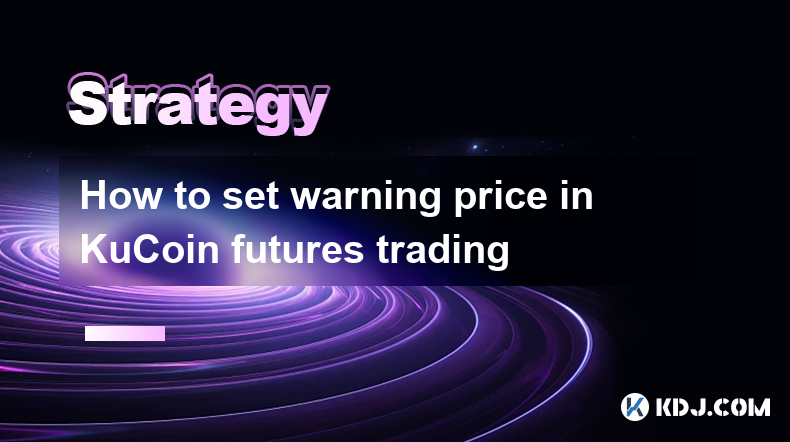
How to set warning price in KuCoin futures trading
Apr 03,2025 at 08:14am
Setting a warning price in KuCoin futures trading is an essential feature for managing risk and staying informed about market movements. This tool allows traders to receive notifications when the price of a futures contract reaches a specific level, helping them make timely decisions. To set a warning price, you need to navigate to the futures trading i...

How to use the three crows candlestick combination to determine the market top?
Apr 03,2025 at 03:18pm
Three Black Crows are a classic K-line combination form that is often used to judge the top of the market in technical analysis. This pattern consists of three consecutive negative lines, the opening price of each negative line is within the entity of the previous K-line, and the closing price gradually decreases. This pattern usually appears at the end...

How to judge the market's long-short power comparison through the K-line?
Apr 03,2025 at 02:39pm
Judging the market's long-short power comparison through the K-line is an important skill in technical analysis. The K-line chart can not only show price changes, but also reflect the emotions and power comparison of market participants. This article will introduce in detail how to judge the market's long-short power comparison through K-lines. ...

What is a candlestick chart and what role does it play in crypto market analysis?
Apr 03,2025 at 02:26pm
K-line chart, also known as candle chart, is a form of chart used to display changes in the price of financial products. In the cryptocurrency market, K-line charts are widely used to analyze the price trends of digital assets such as Bitcoin and Ethereum. This article will introduce in detail the basic structure, types of K-line charts and their specif...

Forced liquidation price calculation in CoinEx futures trading
Apr 03,2025 at 05:35am
In CoinEx futures trading, understanding the forced liquidation price is crucial for managing risk and maintaining your positions. The forced liquidation price is the point at which your position is automatically closed to prevent further losses. This mechanism is designed to protect both the trader and the platform from negative account balances. The c...

How to use the automatic position reduction mechanism to avoid losses on BitMEX
Apr 03,2025 at 02:56am
Using the automatic position reduction mechanism on BitMEX can be a strategic approach to managing risk and avoiding potential losses in the volatile cryptocurrency market. This feature, also known as Auto Deleveraging (ADL), is designed to help traders by automatically reducing their positions in certain conditions. To effectively use this mechanism, i...

How to set warning price in KuCoin futures trading
Apr 03,2025 at 08:14am
Setting a warning price in KuCoin futures trading is an essential feature for managing risk and staying informed about market movements. This tool allows traders to receive notifications when the price of a futures contract reaches a specific level, helping them make timely decisions. To set a warning price, you need to navigate to the futures trading i...
See all articles























































































